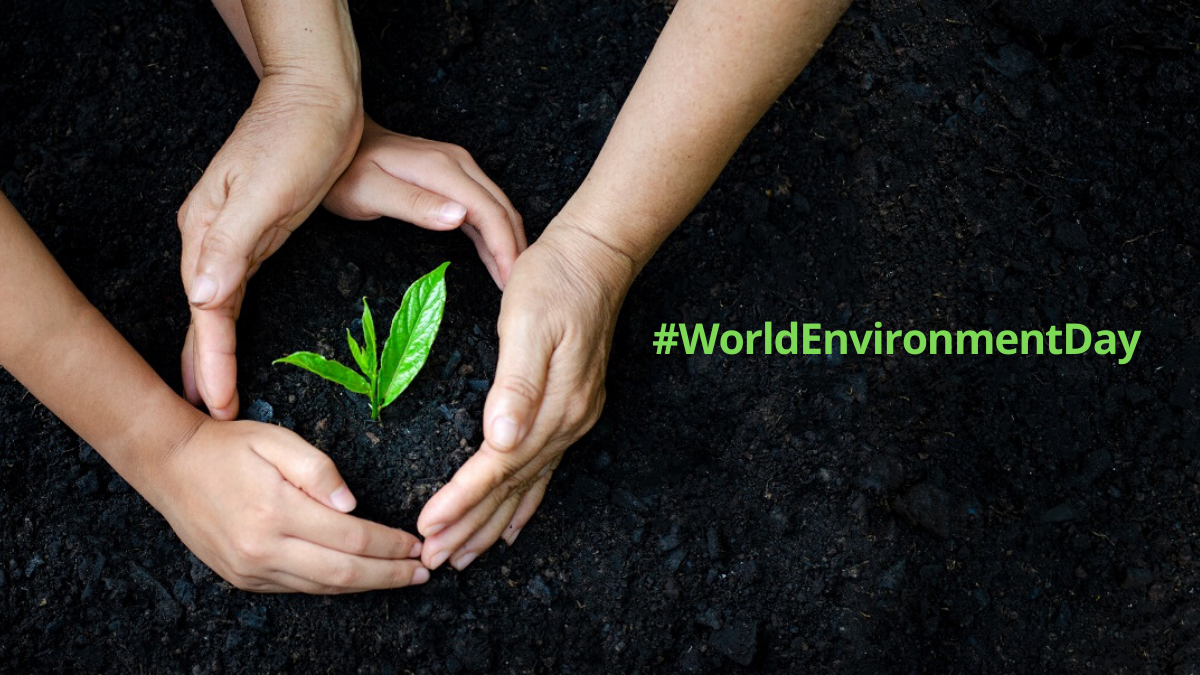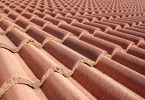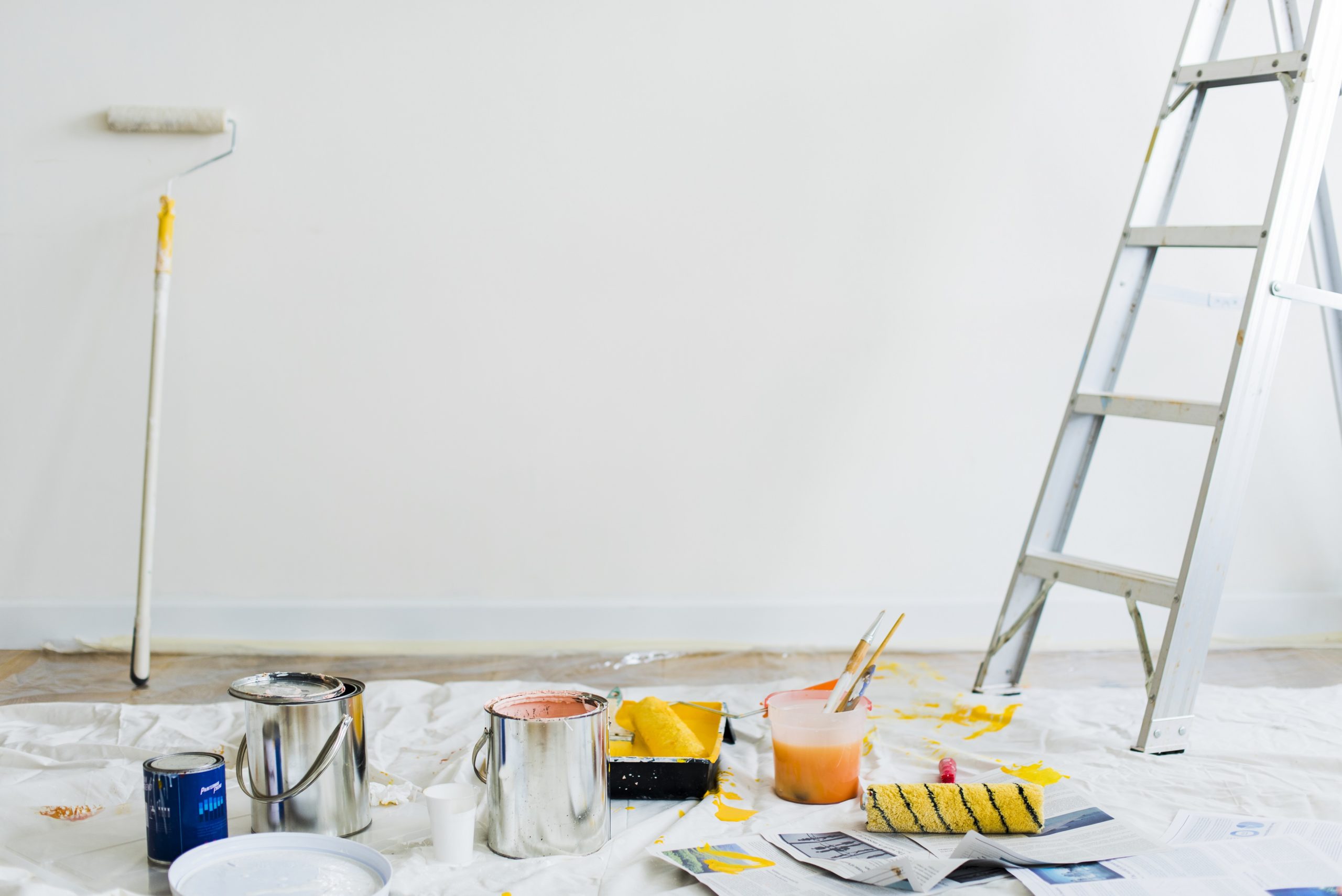http://ndapak.com/category/projects/sectors/page/2/ ‘Change is coming, whether you like it or not’ – can you buy Lyrica at walmart Greta Thunberg
When this young environmental activist talked about the change that we need to bring about in the environment to make it a better place to live in, the world stood up and took notice. For years we have been harnessing the resources of nature while not giving much back to it. Building material that added toxicity to the environment, green space giving way to concrete land and the absence of eco-friendly systems gradually eroded the bounties that nature had to offer in terms of clean and healthy air.
All this is poised for a change with architects and homebuyers now wishing to build houses that give the residents a healthy environment and do their part in creating an eco-friendly world. The construction industry is now adopting sustainable practices and eco-friendly strategies which will create longevity and reduce our carbon footprint. Some of these practices when looked at closely will also bust the myth that sustainable construction is not cost-effective!
Focus on health and safety
The use of non-toxic building material, paints, and solvents are the first step in making a building eco-friendly and safe for its occupants. Building materials like toxic paints used in conventional construction can cause skin allergies, respiratory problems, and other health issues. Eco-friendly buildings also improve the productivity of workers in offices and should be used in schools, homes, and health care facilities as a must. The use of bamboo in construction is one of the ways that the industry is trying to use sustainable raw material.
Go Local
Construction material that is sourced from far off places uses a lot of energy in its transportation. Builders must try and source locally available material that reduces transportation time, helps in supporting the local business, reduces the carbon footprint, and leads to green construction.
Mindful recycling
Instead of choking up the landfills with discarded construction material, it can be recycled and repurposed. Materials like concrete and structural steel can be recycled for other construction projects or recycled into dry aggregate for new construction through industrial crushing. Other materials like those used in ceiling and flooring can also have alternate uses. This will lead to substantial savings by getting recycled and sustainable material at low cost and saving on the expense made in the disposal of these toxic materials.
Alternate energy sources
Solar power has been increasingly used for many years and with energy costs on the rise, now seems to be the best time for project owners to invest in solar power. This sustainable solution is a long term cost-saving alternative to conventional energy sources. Adding solar power to the roof of a project reduces its dependence on the grid and creates a continuous flow of electricity. Another change that builders can incorporate along with solar power is using photovoltaic windows. The transparency of these window panels can be adjusted to control interior temperatures.
Another option for clean and renewable energy is wind power but it has not yet become widely prevalent. Wind energy for a building can be produced by installing turbines that include vertical axis and by helical wind turbines on rooftops. Wind turbines do not require extensive maintenance post-installation and improve indoor air quality.
Insulation enhancing material
Conventional ways of construction involve using toxic insulation materials that contain petrochemicals among other toxic adhesives. Hollow clay bricks are one way to enhance the insulation of a building. Using sustainable construction material that is safe, natural, and easily available is also a cost-effective and relatively cheaper way of improving the insulation of a building. Wood fiber made from wood chips, sheep’s wool, and recycled cotton from discarded clothing are some other affordable, non-toxic, and sustainable materials that can be used as an insulation option.
Water conservation and recycling
A lot of projects have started installing the rainwater harvesting mechanism to conserve water and pave the way for an eco-friendly living by using such sustainable methods. This saved and recycled rainwater can be used for things like landscape irrigation. Conservation of water plays a very important role in adopting sustainable methods for a residential, industrial, or commercial complex. Another smart and eco-friendly strategy that architects can design into a project’s blueprint is using water condensation from HVAC units. A lot of home buyers these days take into consideration the fact that a project is deploying eco-friendly measures.
Increased Green Space
When the concrete giants called buildings started eating up the green pastures, it was a threat to the environment that called for a re-orientation and re-thinking of building plans. This is a step that needs to be taken collectively by architects, project developers, builders, and homeowners who must demand more green space in the common areas. Incorporating more green space and multipurpose areas within a limited space is a challenge but one that the construction industry is ready to face hands-on. Green space can be created at the center, on the periphery, and even on the rooftops of buildings. It improves the aesthetics of the area and also improves air quality.
It’s all about changing the mindset and working towards preserving the environment. All these options are viable, cost-effective, and easily available. There is no better day than the world environment day for the construction industry to lay that first brick which is not going to be the last.








